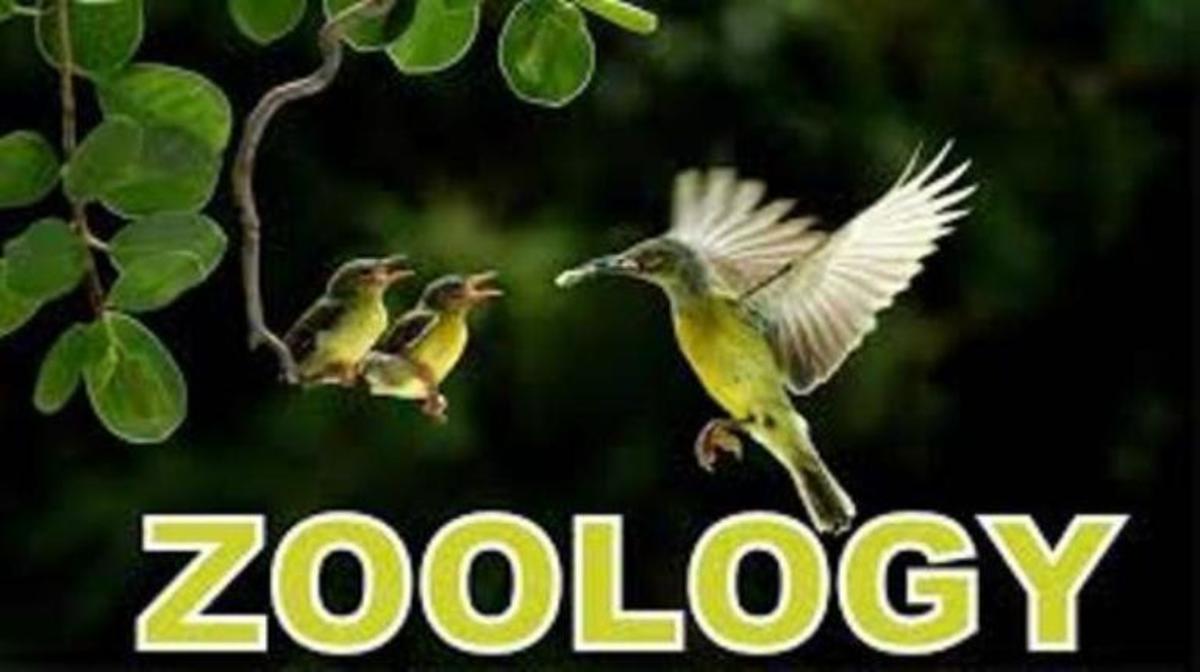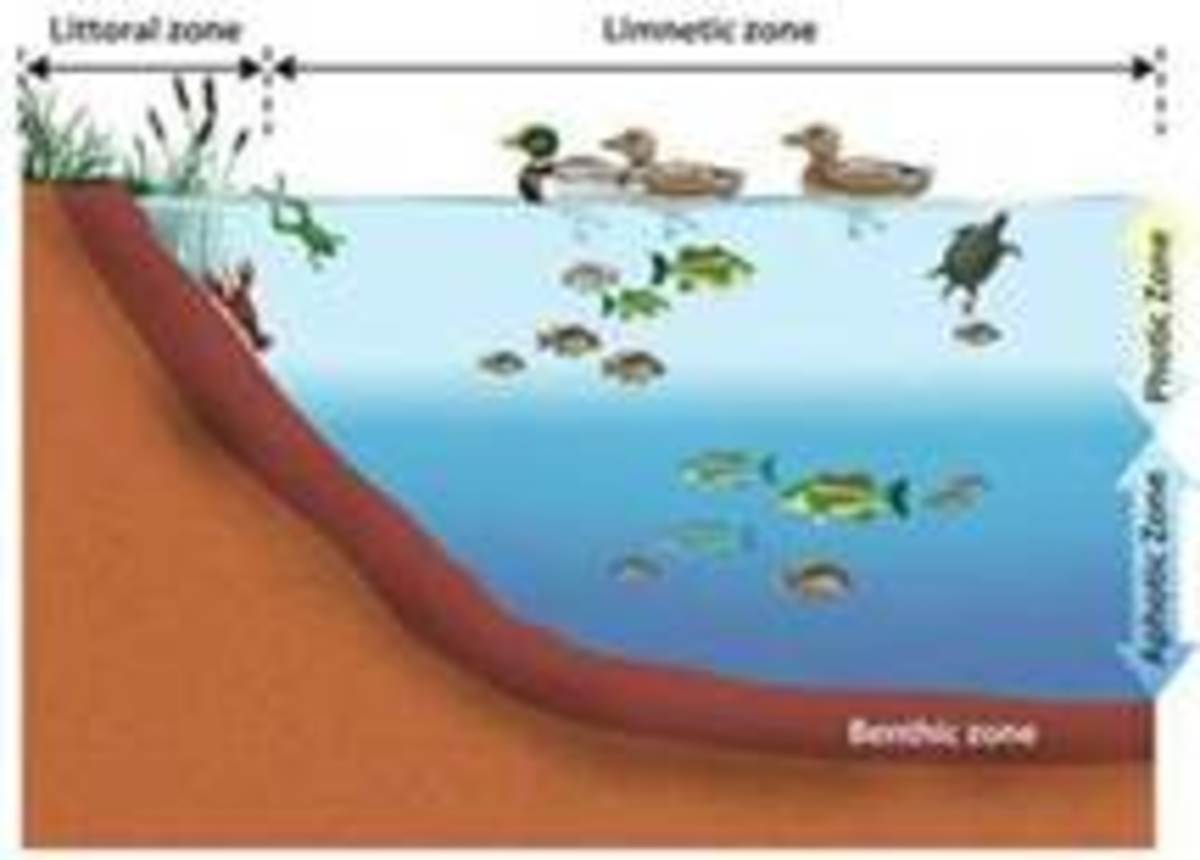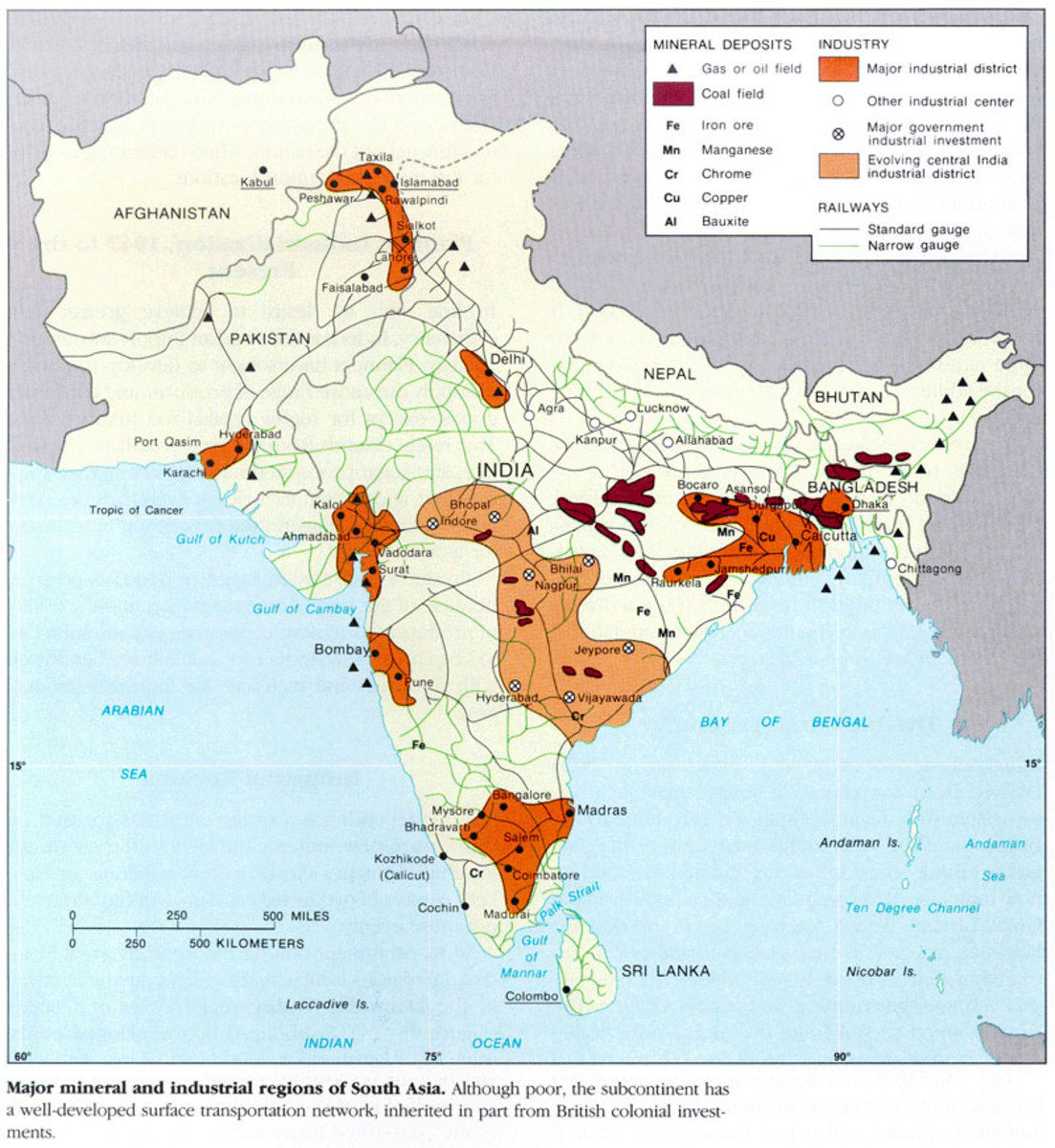The Importance of Biodiversity Hotspots
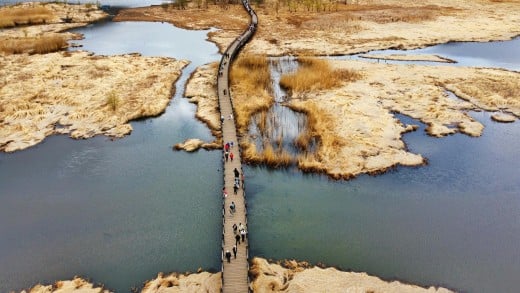
What is a Biodiversity Hotspot?
Scientists have named, and described, almost 2 million species on planet earth. However, their estimates greatly surpass that number. It is believed that there are almost 8.7 million different species that could be roaming our planet. That is a large gap between the discovered and undiscovered.
Each species has its own environmental requirements to maintain their numbers. With the development of the human species, many of these requirements have become difficult for the planet to maintain. It isn’t just the impact humans have on the planet; there are other factors that are causing these precious biomes to struggle. More on that further down.
There are very delicate areas, thriving species of plants and/or animals exclusive to that spot, known as biodiversity hotspots. Conservationists have deemed these spots invaluable, marking them as a high priority for conservation.
These hotspots are facing devastating habitat loss and destruction, and the main roadblock environmentalists come to in saving them is money. Funding to protect these biomes is far too little, and in too great of need. The efforts are expected to worsen in absence of anything short of a miracle.
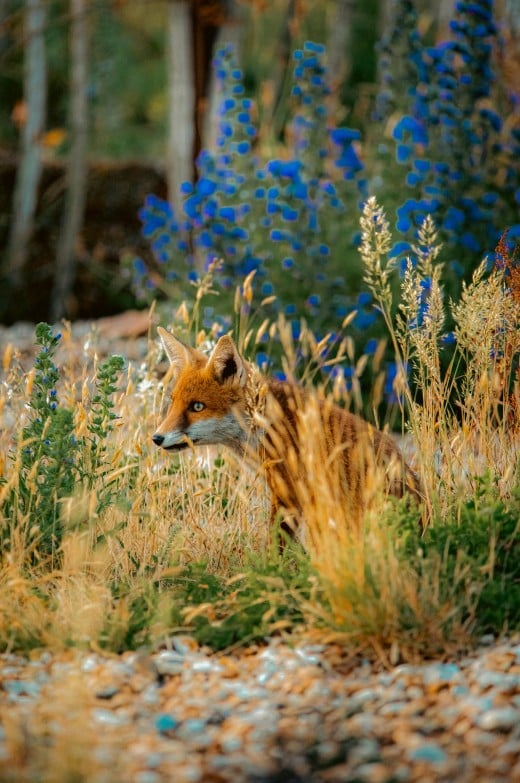
What Threatens Biodiversity Hotspots
These hotspots, home to potentially undiscovered and rare species of organisms, are under attack. Though the attacks are probably not intentionally malicious, they are plenty and coming from many different sources.
For starters, human presence: Through hunting, deforestation, and our direct impact on the environment we inhabit, we put many ecosystems at risk. A lot of the forests and plains that have been ‘repurposed’ by humans were unregulated and more damaging than we realized. Now there are regulations to abide regarding these actions, however, there are the bad seeds who do as they please regardless of the laws.
Humans may be one of the biggest dangers, but they are not the only ones faced by these hotspots. Another large threat would be climate change. Arguably, humans have caused an upward fluctuation in climate change (causing more extremes) as of recent decades. Natural climate change poses risk as well.
Lastly, invasive species can be blamed for the strangulation of endangered hotspots and their residents. These species find their way in from outside sources. Often times it is an innocent implant of the wrong species, sometimes conditions cook to be just right for the explosive introduction of a new species.
What Can Be Done?
We need to protect these vital biodiversity hotspots. However, the approach to doing so is large and multifaceted. It would take a global collaboration for the crucial success needed in long-term conservation. The methods of protecting biodiversity hotspots include:
- Pollution Reduction
- Combating Deforestation
- Minimizing Habitat Loss
- Practicing and Promoting Sustainable Techniques
- Supporting Land Rights
- Addressing Urbanization and Involve the Local Communities
You can even go as far as creating biodiverse hotspots. On a grand scale, it would take a lot of hard work while requiring protection. It is entirely possible for a manmade biodiverse hotspot to be made which would prioritize species of plants or even animals.
In an urban setting, this would be done by planting only native species of plants. This will draw in the native birds and insects. This will fuel the biodiversity of the ecosystem. You can further increase this by incorporating different elements in the hotspot. Ponds, rock gardens, and even vertical gardens can contribute to habitats for the different species.
One of the most important steps to this is to reduce the use of pesticides. Many pesticides used work against ecosystems and native species. When you are trying to create a controlled biodiverse area, you want to greatly reduce the pesticide usage, if not eliminate it all together. Practicing alternative pest management is suggested.
In Conclusion
The most important takeaway from this article is to preserve and protect our existing green spaces. Making the conservation of existing greenways, parks, and other natural areas a priority on a community level is necessary for this planet to continue to support the millions of diverse species that reside on it.
Reutilizing empty urban areas to promote biodiversity hotspots is another method that could be introduced. It is our responsibility to preserve as much of our natural surroundings as possible. Think of all we could discover if we stopped destroying. What do you think we could do as a species to help preserve our biodiversity hotspots?
This content reflects the personal opinions of the author. It is accurate and true to the best of the author’s knowledge and should not be substituted for impartial fact or advice in legal, political, or personal matters.
© 2025 Kristopher McCord

